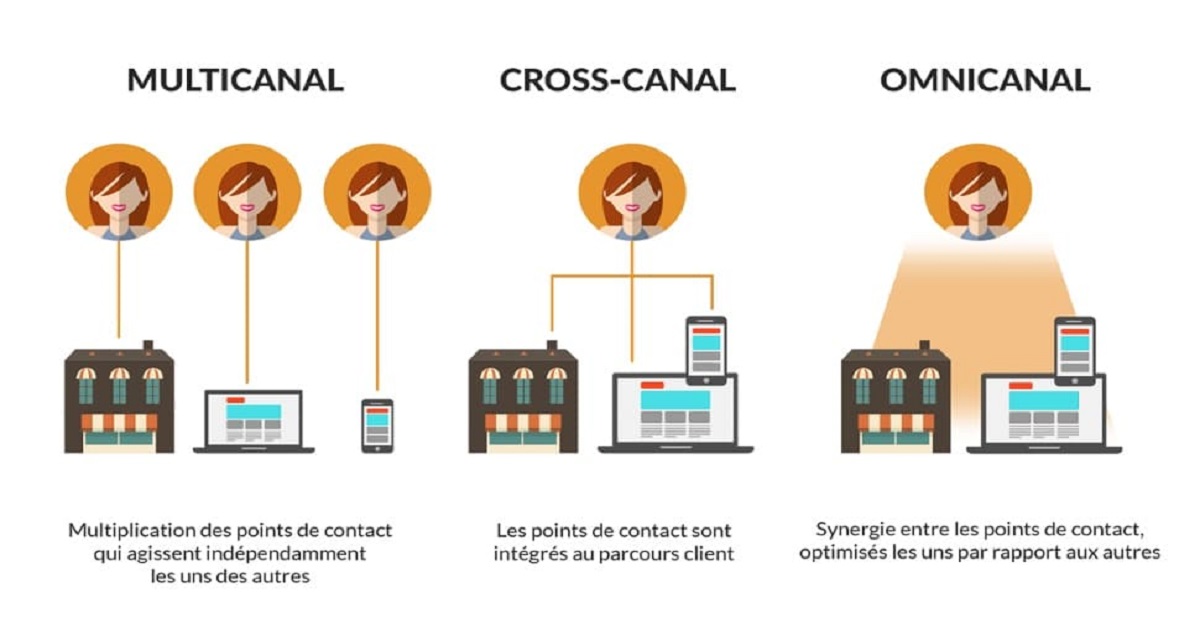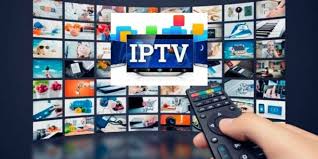1. Introduction
Ever felt like you’re trying to be everywhere at once? That’s basically what multi-channel marketing is about, but with a strategy! In today’s digital age, businesses need to reach their audience through various channels to stay relevant and competitive. But what exactly is multi-channel marketing, and how can it benefit your business? Let’s dive in and explore this dynamic approach to connecting with your audience.
2. What is Multi-Channel Marketing?
Multi-channel marketing is the practice of interacting with customers using a combination of indirect and direct communication channels – websites, retail stores, mail order catalogs, direct mail, email, mobile, etc. This approach allows businesses to reach their customers on their preferred platforms, making it easier to engage and convert them.
3. The Evolution of Multi-Channel Marketing
Remember the days when marketing was all about TV ads and printed flyers? Well, those days are long gone. With the rise of the internet and mobile technology, marketing has evolved significantly. Today, multi-channel marketing integrates both online and offline strategies, creating a seamless experience for the customer.
4. Importance of Multi-Channel Marketing
So, why is multi-channel marketing so important? In a nutshell, it’s about meeting your customers where they are. With consumers using multiple devices and platforms, businesses must ensure their presence across these channels. This not only enhances visibility but also increases the chances of engagement and conversion.
5. Key Components of a Multi-Channel Strategy
Developing a successful multi-channel marketing strategy involves several key components:
- Customer Insights: Understanding your audience’s preferences and behaviors.
- Channel Selection: Choosing the right mix of channels to reach your audience.
- Consistent Messaging: Ensuring your brand message is consistent across all channels.
- Analytics and Reporting: Measuring the performance of each channel and optimizing accordingly.
6. Types of Channels in Multi-Channel Marketing
6.1. Digital Channels
Digital channels are the backbone of modern marketing. These include:
- Social Media: Platforms like Facebook, Instagram, and Twitter.
- Email Marketing: Targeted emails to engage with customers.
- Search Engine Optimization (SEO): Improving website visibility on search engines.
- Content Marketing: Blogs, videos, and other content to attract and retain customers.
- Mobile Marketing: SMS, app-based marketing, and mobile-friendly websites.
6.2. Traditional Channels
While digital channels are crucial, traditional channels still hold value. These include:
- Print Media: Newspapers, magazines, and brochures.
- Television and Radio: Broadcast advertising.
- Direct Mail: Physical mailers sent to customers’ homes.
- Events and Trade Shows: In-person marketing opportunities.
7. How to Develop a Multi-Channel Marketing Strategy
Creating a multi-channel marketing strategy involves several steps:
- Define Your Goals: What do you want to achieve? Brand awareness, lead generation, or sales?
- Know Your Audience: Who are your customers? What channels do they use?
- Select Your Channels: Choose a mix of digital and traditional channels.
- Create Consistent Content: Ensure your messaging is consistent across all platforms.
- Implement and Monitor: Launch your campaigns and monitor their performance.
- Optimize and Adapt: Use analytics to refine your strategy and improve results.
8. Benefits of Multi-Channel Marketing
8.1. Increased Customer Reach
By leveraging multiple channels, you can reach a broader audience. Whether your customers prefer social media, email, or print, you’re there.
8.2. Improved Customer Experience
Multi-channel marketing ensures a seamless customer experience. Customers can interact with your brand through their preferred channels, leading to higher satisfaction and loyalty.
8.3. Enhanced Data Collection and Analysis
With multi-channel marketing, you gather data from various sources. This comprehensive data helps in understanding customer behavior and preferences, allowing for better targeting and personalization.
9. Challenges in Multi-Channel Marketing
Like any strategy, multi-channel marketing comes with its challenges:
- Resource Allocation: Managing multiple channels can be resource-intensive.
- Consistent Messaging: Ensuring consistency across all platforms can be tricky.
- Data Integration: Combining data from various channels for a unified view of the customer.
10. Best Practices for Multi-Channel Marketing
10.1. Consistent Branding
Your brand should have a consistent voice and look across all channels. This builds trust and recognition among your audience.
10.2. Personalized Customer Engagement
Personalization is key. Tailor your messages to fit the preferences and behaviors of your audience on each channel.
10.3. Use of Analytics
Leverage analytics to measure the performance of your campaigns. Use this data to tweak and optimize your strategy continually.
11. Case Studies of Successful Multi-Channel Campaigns
Let’s look at a few examples of businesses that nailed their multi-channel marketing campaigns:
- Nike: With a combination of social media, email marketing, and in-store promotions, Nike creates a cohesive brand experience.
- Starbucks: Starbucks uses mobile apps, social media, and email to engage with customers, offering personalized promotions and rewards.
- Coca-Cola: By integrating TV ads, social media campaigns, and experiential marketing, Coca-Cola keeps its brand top-of-mind.
12. Future Trends in Multi-Channel Marketing
The future of multi-channel marketing is exciting. Expect to see:
- Increased Use of AI: For better personalization and automation.
- Voice Search Optimization: As voice-activated devices become more popular.
- Augmented Reality (AR): For interactive and immersive customer experiences.
- Omni-Channel Integration: A seamless blend of online and offline experiences.
13. Conclusion
Multi-channel marketing is no longer a luxury; it’s a necessity. By effectively utilizing various channels, businesses can reach more customers, provide better experiences, and drive more sales. Start integrating multi-channel strategies into your marketing plan today and watch your business thrive.
14. FAQs
1. What is the difference between multi-channel and omni-channel marketing?
Multi-channel marketing uses various channels independently, while omni-channel marketing integrates these channels to provide a seamless customer experience.
2. How can I measure the success of my multi-channel marketing efforts?
Use analytics tools to track key metrics like engagement, conversion rates, and customer retention across all channels.
3. What are some common mistakes in multi-channel marketing?
Common mistakes include inconsistent messaging, not tailoring content for each channel, and neglecting data integration.
4. How do I choose the right channels for my multi-channel strategy?
Understand your audience’s preferences and behaviors, then select the channels they use most frequently.
5. Can small businesses benefit from multi-channel marketing?
Absolutely! Multi-channel marketing can help small businesses reach a wider audience and compete with larger companies by leveraging various platforms effectively.



